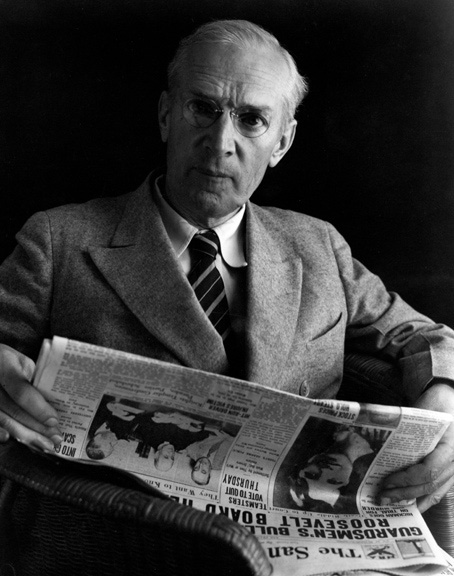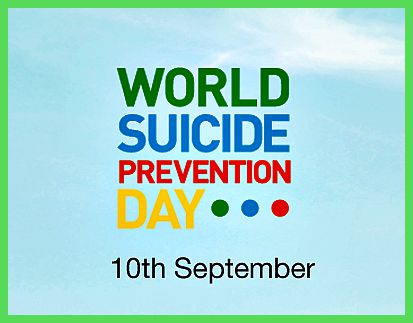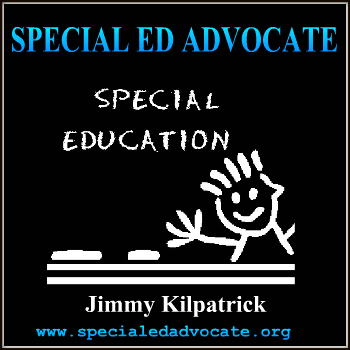Pitt’s School of Education’s Department-Wide Book Club Discusses Racial Inequity in Education
 by Sarah Wood –
by Sarah Wood –
At the University of Pittsburgh (Pitt), the School of Education recently adopted a mission-vision of creating equity in schools.
To practice, teach and link the values of “innovating, agitating and disrupting inequitable educational structures,” Dr. Valerie Kinloch, dean of the School of Education at Pitt, established a school-wide book club.
The book that was chosen for discussion was, We Want to Do More Than Survive: Abolitionist Teaching and the Pursuit of Educational Freedom by Dr. Bettina L. Love.
“If we take what we have in our mission and vision and then we look at what Bettina Love does in her book, it’s just so directly connected to thinking about educational freedom,” said Kinloch. “And how do we do that not just in a classroom, which is important, but how do we do that across an entire school of education that impacts the lives of our students, young people, our faculty, our staff, our administrators and our alumni.”
Love, an associate professor of educational theory and practice at the University of Georgia and a two-time Pitt alumni said her education at the university was critical to her becoming an educator and scholar.
“Being able to see someone who was a student many years ago here in our school of education who has gone to think about these ideas in very transformative ways,” said Kinloch. “Even that connection, for me, was a meaningful one for us to think about as a school community.”
According to the book, educators “must teach students about racial violence, oppression, resistance, joy and how to make sustainable changes through radical civic initiatives and movements” in order to achieve educational justice.
“I was just totally moved and inspired by Bettina Love’s book,” says Kinloch. “It is a different framework for thinking about the value of really engaging critical teaching and learning with all people.”
Love was inspired to write the book because she felt that the field of education wasn’t having critical conversations, particularly among White teachers, around issues of race, racism and how they function within society. She was also concerned with the Presidential election of 2016 and what it would mean for the state of education and for teachers.
“I wanted to write about honest conversations around race, honest conversations around how racism functions in schools and I wanted to write a book that White people would read and have to take up those emotions,” she said.“I wanted to write a book where Black people would read it and feel proud and feel seen. So I tried to balance those two places.”
For the book discussions, Love’s goal is for readers to get mad, frustrated and want to do something about the issue.
“Let’s talk about ways to uproot it, destroy it and build something more beautiful,” she said. “Build something better.”
Discussions were held in small groups over the course of five sessions. According to Pitt, 129 staff, 140 faculty members, 379 undergraduate and 732 graduate students in the School of Education participated in the book club. Various faculty members hosted the discussions with some using video to show images related to education and justice and connecting those to Love’s book.
For the first small group conversation, participants discussed Love’s idea that education and some practices can be “soul crushing” or “spirit murdering” for many young people in the classroom. Other topics of discussion highlighted the idea of survival, what it means to pursue educational freedom across all odds and the overall meaning and effects of teaching. Additionally, there was focus on the changes needed to occur in order for young people to be “taken care of, [be] safe and protected,” according to Kinloch.
“I read her book, followed her career from the beginning,” she said. “[Her book] just helped me to remember that if we are truly committed to equity and justice, then we have to figure out a way to have these coalitions, how to work with people, how to not get caught up in our differences defining our decisions but our differences really being able to bridge our decisions.”
Kinloch wants participants to see “that they play a role in ensuring educational success and engagement for all children and young people.” Additionally, she said that there needs to be a commitment to talking about and changing the language surrounding educational equity.
Love was going to be the keynote speaker at a public talk on campus March 19 but it was canceled due to the ongoing coronavirus pandemic. The talk will be rescheduled.
“Much of the way in which I understand how racism functions was through my experiences at my former institution, Old Dominion University and then coming to the University of Pittsburgh,” said Love. “What I want students to take away is that I’m a living testament to what can happen when teachers and the community put academics first and see Black and Brown students and their potential. I was really excited to go back to a place that was critical to my development and thinking about race and just thinking about what it means to be a scholar and to study racism. Pitt was very critical in that.”
For now, Kinloch plans to have online conversations and expand the conversation outside of the school of education. The goal is to eventually have a book a year that the department will read together.
“The main objective was to really dig deeply into the main points in her book about abolitionist teaching, about freedom, about justice and to get people thinking and talking with each other about [how] we can operationalize those terms and really encouraging us to do this work differently,” she said.
Sarah Wood can be reached at [email protected].



























